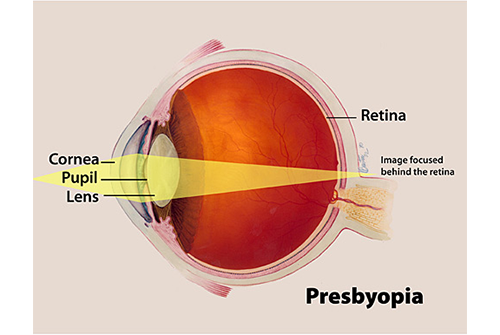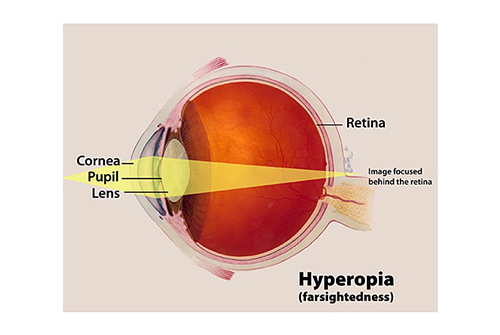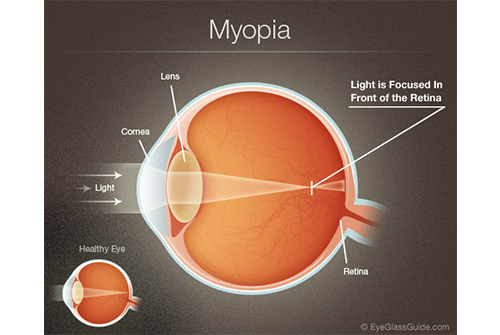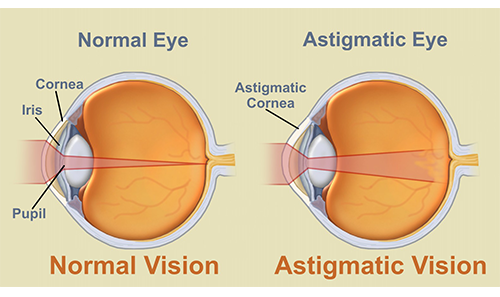Eye Examination
An eye test could add years to your sight
The process of an eye test is very simple and thorough. We recommend you have your eyes checked by a specialist at least every 2 years, or more frequently if recommended by your optician. The eye examination not only provides an accurate assessment of your ability to see, but also gauges the general health of your eyes. The vision exam can result in early identification of other eye problems such as diabetes or high blood pressure.
Why Get an Eye Exam?
As the premier eyewear destination, Optical Gallery is dedicated to you and your vision needs. Utilizing the latest in diagnostic tools, our team of highly qualified Optometrists performs comprehensive eye exams to find the right prescription for you, and our eyewear specialists will guide you throughout the selection process, providing expert eyewear solutions.
Eye exams for glasses
Your glasses say a lot about you, and as Gurgaon’s fashion eyewear retailer, Optical Gallery wants to ensure your glasses are the first thing people notice when you enter the room. That’s why we’ve procured the top designer brands Optical Gallery . Eyeglasses and sunglasses from Gucci, Prada,Ray-Ban,D&G,Versace and other leading luxury brands, and select eyewear that best complements your own personal wardrobe.
Eye exams for contact lenses
To suit your lifestyle and vision needs, Optical Gallery also provides expert eye exams for contact lens prescriptions. Whether you prefer a natural look or wish to play up your eye color, we offer a full range of contact lens solutions, which include daily, weekly and monthly disposables, color and enhancing contact lenses, bifocal and multifocal lenses and more. Choose from Acuvue, Bausch and Lomb,Alcon, and most other national contact lens brands.
Importance of routine eye exams
Regardless of age, regular eye exams play an important role in overall health and wellness. For children, routine comprehensive screenings starting at 6 months of age can aid in on-pace learning and development. Adults, on the other hand, should have comprehensive eye exams to keep prescriptions for eyeglasses and contact lenses current. Regular screenings also aid in early detection of eye health issues, as well as other chronic systemic diseases, such as diabetes and high blood pressure.
Eye exam frequency
While everyone should have regular eye exams, the frequency depends on two factors: patient age and risk. The American Optometric Association recommends the following eye exam guidelines for no-risk pediatric and adult patients:

Those at risk for eye and vision problems – including people with diabetes, hypertension, a family history of ocular disease and other health concerns – should have eye exams more frequently, as recommended by their optometrist.




